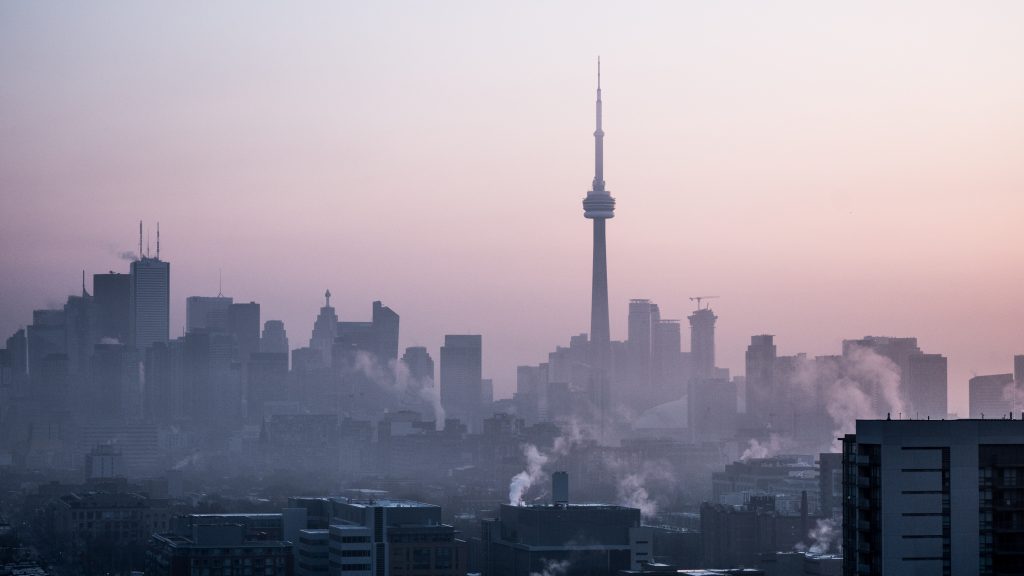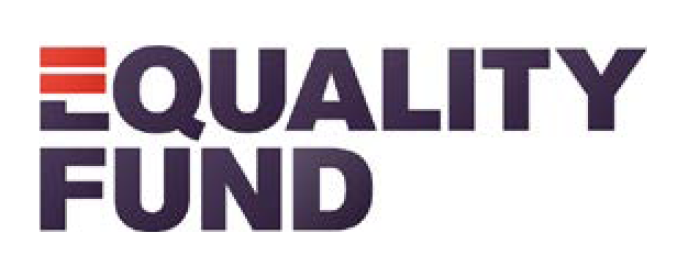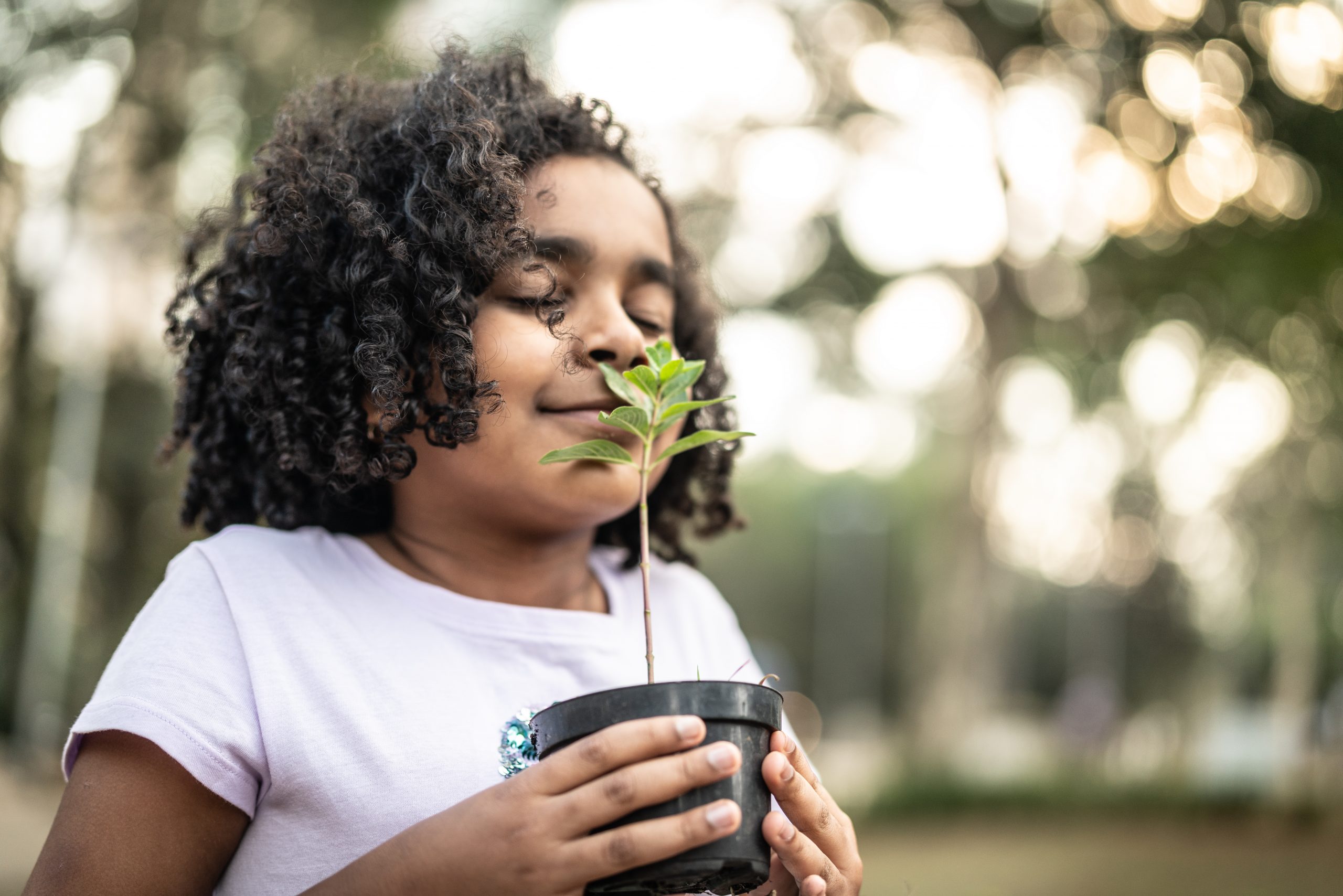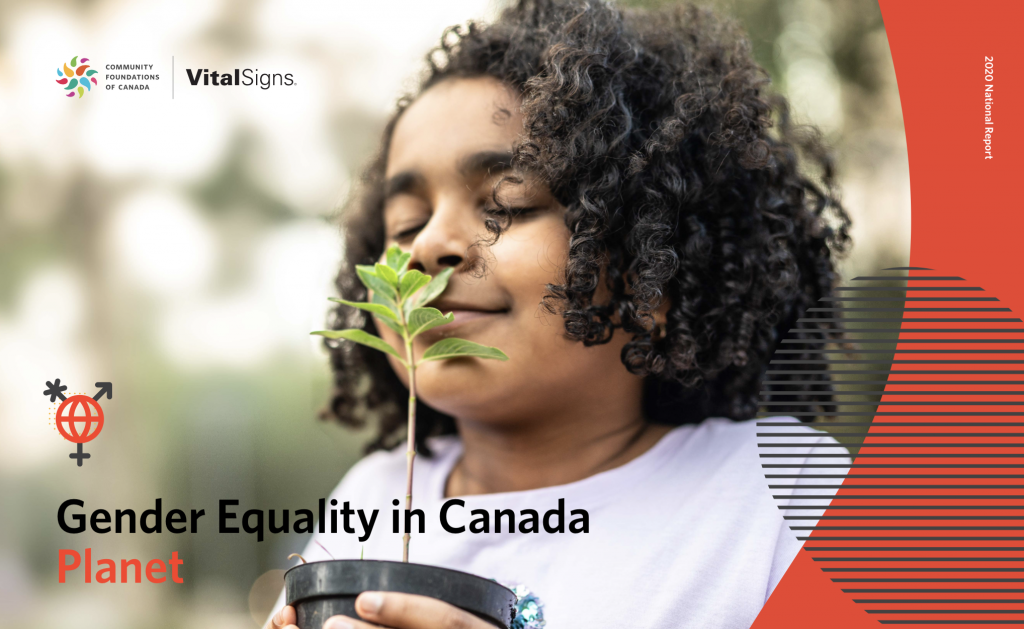
Planet is one of three Vital Signs: Gender Equality reports released in October 2020. To read Power, click here. To read Peace, click here.
Why Planet?
Gender equality and environmental well-being are inextricably linked.
The way we have been living on the planet has had negative consequences on the land, air, water and climate— and similarly negative consequences for women, girls, Two-Spirit and gender-diverse people. They are also holders of important knowledge and leadership, which can support sustainable land use and community development. The United Nations’ three pillars of sustainable development—economic, social and environmental—show how we cannot separate human concerns and activities from our natural environment.
A healthy environment is vital to ensuring sustainable and healthy societies, economies and communities. We use the word “exploitation” to describe both natural resources being taken for granted and acts of violence against the innocent. This is no coincidence—pillaging and extraction are symptoms of patriarchy. What do we see differently if we think of gender equality as an environmental issue and sustainability as a gender issue? Research has found that increasing gender parity in leadership improves how decisions are made and makes policies more “green”. The insights and knowledge of women, girls, Two-Spirit and gender-diverse people are what the world needs right now to help solve our most pressing problems, including climate change and its effects.
Key Statistics from the Report
Below, find a select selection of stats and data from the Vital Signs 2020 Planet report. To learn more about these numbers, view the full PDF of Planet.

In Toronto and Vancouver, neighbourhoods with a higher proportion of children in lone-parent families (the majority lone-mother) had greater exposure to nitrogen dioxide, a by-product of car and truck exhaust.
In Toronto, low income neighbourhoods with a high proportion of people of colour have a higher rate of water contamination due to corrosive and dirty water pipes.

Over 70% of pregnant and postpartum evacuees of the 2016 Fort McMurray wildfire experienced post-traumatic stress.
30% had symptoms consistent with PTSD. The number of breastfeeding mothers fell by half, due to stress, inadequate facilities in evacuation centres and the need to wait in lines to get help.
“When you ask the question about why is the water so sacred, it’s not just because we need it, and nothing can survive without water. It’s because for years and years our ancestors have passed on traditional oral knowledge that our water is alive, and our water has a spirit. Our first water teaching comes from within our own mother. We literally live in water for nine months… Flowing within us is original water, lifeblood of Mother Earth that sustains us, as we come from this land… Mother Earth has the power to destroy us all, and if we keep harming her, one day she may decide to destroy everything.”
Autumn Peltier
Chief Water Commissioner,
Anishnaabek Nation

First Nations women often carry the responsibility of being water protectors in their communities and their jobs are harder than ever. 73% of water systems in First Nations communities are at a high or medium risk of contamination.

72% of Canadian women vs 59% of men believe global climate change is a major threat to our country.
A comparison of 130 countries found that national parliaments with greater representation of women also had higher rates of ratification of environmental treaties.
Thank you to those who made this report possible.
Collaborating partner:

This project is funded in part by:



The national management of the Vital Signs program is supported by:

More information:
Alison Sidney, Vital Signs Lead asidney@communityfoundations.ca





